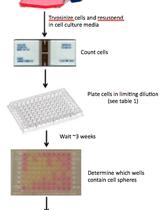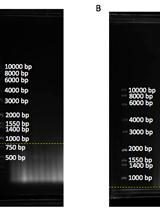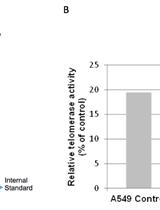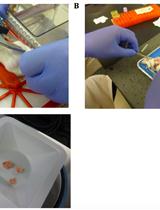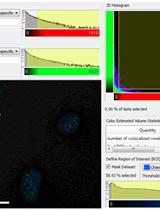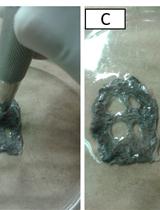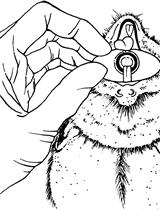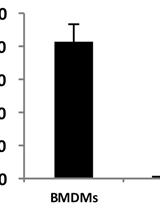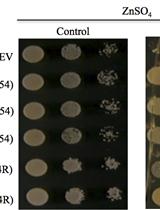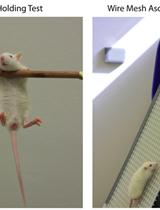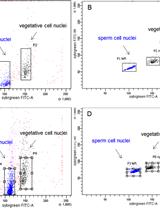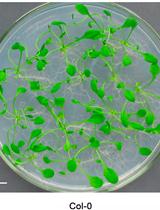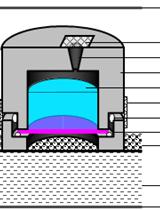- Submit a Protocol
- Receive Our Alerts
- EN
- Protocols
- Articles and Issues
- About
- Become a Reviewer
Past Issue in 2015
Volume: 5, Issue: 22
Cancer Biology
In vitro and in vivo Limiting Dilution Assay for Colorectal Cancer
Telomere Restriction Fragment (TRF) Analysis
Telomerase Repeated Amplification Protocol (TRAP)
13C Tracer Studies of Metabolism in Mouse Tumor Xenografts
Telomere Dysfunction Induced Foci (TIF) Analysis
Immunology
Skin Wound Healing Model - Excisional Wounding and Assessment of Lesion Area
Estimation of Wound Tissue Neutrophil and Macrophage Accumulation by Measuring Myeloperoxidase (MPO) and N-Acetyl-β-D-glucosaminidase (NAG) Activities
Permanent Occlusion of the Left Anterior Coronary Artery in the Rat
Microbiology
Purification of Bacterial RNA from Infected Macrophages
An Assay to Test the Capacity of Arabidopsis Plant Defensin Type1 Protein to Induce Cellular Zinc (Zn) Tolerance in Yeast
Neuroscience
Locomotor Coordination Assay in Rats
Plant Science
Sample Preparation and Fractionation of Arabidopsis thaliana Sperm and Vegetative Cell Nuclei by FACS
Arabidopsis Leaf Explant Culture
Expression, Purification and in vitro Enzyme Activity Assay of Plant Derived GTPase
Quantifying the Permeability of the Apoplastic Water Barrier in Cosmos Petals


